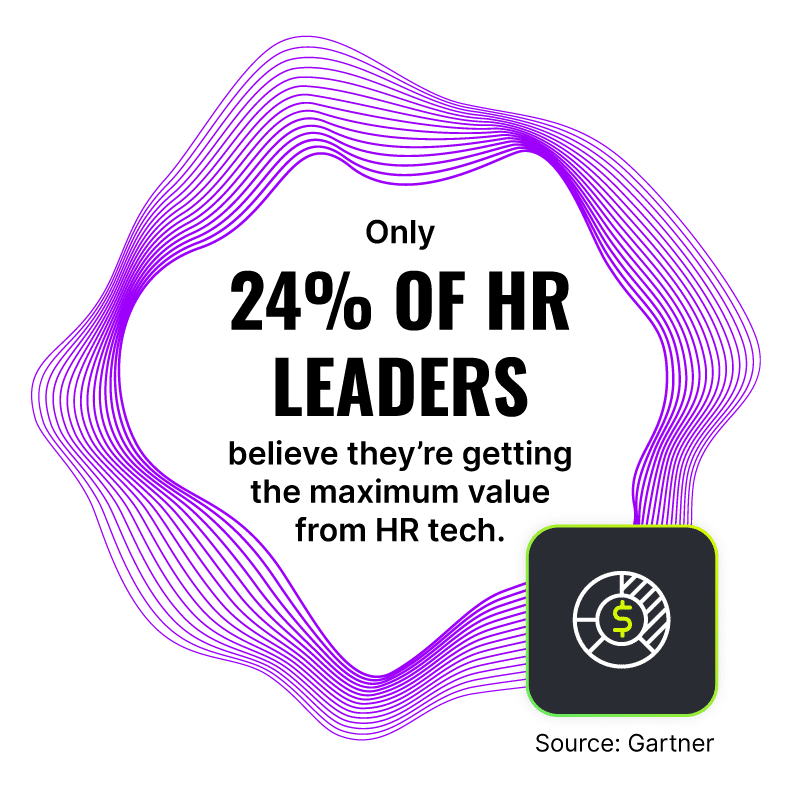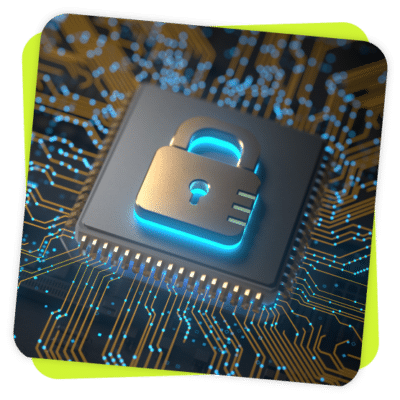6 Workflows Your HRIS Will Never Automate
If you had to grade your HRIS, the results would be pretty clear: A+ for organizing data. F for handling complexity.
Here’s why: Human Resource Information Systems (HRIS) date back to the punch-card era of the 1950s and 60s, when automated payroll was considered cutting edge. Today, they still excel at what they were designed for: storing employee records, pushing out standard forms, and keeping (straightforward) compliance in check. Basically, your HRIS is a very expensive digital filing cabinet.
But that filing cabinet starts to fall apart in the midst of the complexity of modern work. Gartner found only 24% of HR leaders believe they’re getting the maximum value from HR tech. The reality is that the messy, nuanced side of work—spanning freelancers, global teams, mergers and acquisitions—requires more than just storage. You need orchestration.
In this blog, we’ll outline six workflows your HRIS will never automate and how Rival Workflow fills the gaps.

1. When One Size Doesn’t Fit All: Role-and Location-Based Journeys
Your HRIS was not built to handle complex if/then paths at scale. Here’s an example: A nurse in Massachusetts needs a completely different offer letter, compliance checklist, and onboarding workflow than a janitor in New York. Add contractors, union employees, or global hires into the mix and the branching logic multiplies fast. HR is then forced to rely on manual workarounds or custom coding maintained by IT.
Here’s where Rival can help: Complement your HRIS with dynamic workflows that automatically adapt to role, location, and business rules. So, every new hire gets a personalized experience without HR needing to manage each one-off exception.
2. The Chaos of M&A: Onboarding After an Acquisition
Mergers & acquisitions are messy. Two workforces, two sets of policies, two sets of training records, and often multiple technologies storing critical employee data. HR is on the hook for stitching it all together—and fast.
Your HRIS can handle the basics, like names, titles, and start dates. But anything more complicated, like preventing duplicate training, applying the right union rules, or producing compliance reports, and you’ll be knee-deep in manual audits with no end in sight.
Rival can handle M&A complexity with ease: creating different onboarding paths for acquired employees, integrating existing certifications, and creating accurate compliance reporting.
3. Beyond Binary: Contractor and Freelance Credentialing
An HRIS sees the world in binary: employee or non-employee. But a modern workforce consists of a growing number of contingent workers. People like traveling nurses, freelance engineers, seasonal staff, and contractors keep your business running. Each group has its own credentialing, licensing, and compliance requirements, which leaves HR chasing paperwork and manually tracking who’s cleared to work.
Rival pulls together these threads with flexible workflows that automatically adjust based on employment status. Need to trigger license verification? Add a credentialing step? Route different approvals for contractors vs. full-time employees? Rival makes it all seamless so every worker can get up to speed quickly.
4. Offboarding Without Risk: State-and Role-Specific Journeys
The stakes for getting offboarding right are just as critical, especially in regulated industries. A nurse leaving California has a completely different exit process than a financial analyst in New York. Each has different forms, compliance steps, and timelines.
Your HRIS wasn’t built for this kind of nuance. That generic offboarding checklist leaves room for missed compliance steps and unnecessary risk, which means your HR team is spending more time managing one-off emails and forms.
Rival gives you peace of mind. Our automated offboarding workflows adapt to role, location, and regulatory requirements, so every departing employee gets the right experience.
5. Orchestration, Not Siloes: Cross-System Workflows
Onboarding is a team sport that requires careful orchestration across various departments. IT needs to provision equipment and access. Finance needs to update payroll. L&D needs to assign training. Managers need reminders to schedule check-ins.
Your HRIS can’t handle all these pieces on its own. The longer it takes for someone to kick off each step, the more delayed your new hire is in doing their actual work.
Instead of having your HR team chase down other departments, have Rival connect the dots. Flexible workflows trigger actions across IT, payroll, learning, and communications tools, so everything is in sync.
6. More Than Admin: Experience-Driven Touchpoints
Your HRIS was built for basic administrative tasks (but nothing complex or nuanced). It wasn’t designed to create a personalized experience, like sending a welcome video or nudging managers to schedule check-ins. And yet these are the moments that foster goodwill and build strong teams.
Rival automates these touchpoints with ease so employees feel supported and connected from the start and HR delivers an experience that drives employee retention.
Passing the Basics Doesn’t Cut It
Every day you rely on your HRIS alone to manage these workflows, you’re leaving gaps in compliance and efficiency. Those gaps cost you time, money, and talent.
Instead of waiting for another acquisition or compliance audit to expose the cracks in your systems, let Rival help you close the gaps. We can work with your existing HRIS and turn manual workarounds into automated workflows. Move from disconnected systems into seamless orchestration.
See how Rival can help you orchestrate what your HRIS can’t – book your demo today.


















